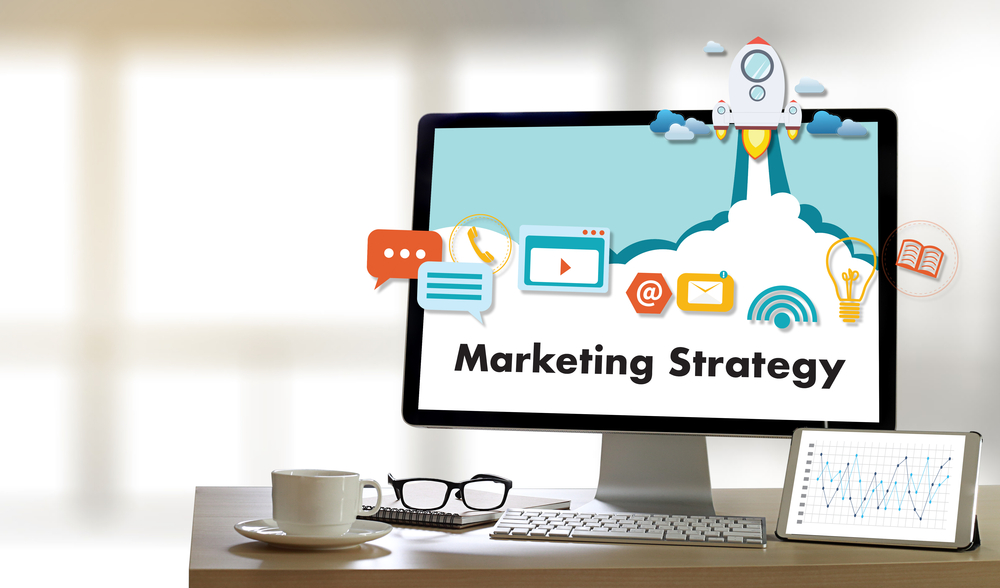A lot has changed in the last 30 years, it’s fair to say. The world is continuously changing, from pop culture to politics, and one of the most major shifts has been the introduction of the internet and digital marketing!
Digital marketing is becoming an essential part of running a business. It’s no longer a movement that sceptics dismiss as a passing fad.
Digital marketing has come a long way, and in this blog, we’ll talk about how it evolved and what methods helped it get to where it is now!
The Creation of the Internet
When you think of digital marketing, the first thing that likely comes to your mind is the Internet.
By the mid-1990s, the World Wide Web saw a surge in users, making it an entirely new outlet for marketers to reach potential customers.
Search engines and e-commerce sites came with this new terrain.
The means in which businesses could reach consumers were irrevocably changed as the World Wide Web became a part of more and more households, whether it was Google or Amazon.
The concept of marketing in this new space grew into an effort to establish a hold on SEO strategies. The beginning of this movement involved keyword stuffing (not so great now), as well as excessive tagging and backlinking.
At the time, these local search strategies were a great way to ensure a business’s website was ranking in internet searches. As we will get into later, times have changed significantly when it comes to SEO services, but ultimately, the advent of the internet was the catalyst to the digital marketing strategies that we know today.
Along Came Social Media
Not too far behind search engines and e-commerce websites came social networking platforms.
From LinkedIn in 2002 to Facebook in 2004, social media appeared to be a new and inviting outlet for people to interact with one another, share thoughts and more but as we know now, it became so much more!
Soon after social media’s onset, brands began to join these platforms. Social media became a great way to promote brands without having to pour countless dollars into advertising and other forms of publicity.
Social media took digital marketing by storm at the time and it continues to today, but what did this evolution turn to after the advent of social media platforms? Let’s discuss smartphones and mobile website access next.
Reaching New Audiences: Smartphones
Over the last decade, smartphones have taken over the mobile phone industry.
With the convenience that smartphones have provided users, accessibility to websites straight from phone web browsers is essential.
According to the Digital Marketing Institute, “Smartphones have overtaken personal computers as the primary device for going online.”
So, as smartphones continued to solidify their prominence in the online world, businesses had to adapt their digital marketing to meet the mobile interface, especially when it came to their websites.
Once smartphones had internet access, digital marketing never looked the same.
Now, we want to make it clear that having an accessible website and having a mobile-friendly website are two very different things.
Because approximately half of the worldwide web traffic comes from mobile phones, the importance of having a mobile-friendly website is even more evident, and this has been consistent since 2017.
People Want Personalized Content
Now, what do we see today? The short answer is a lot, but let’s walk through a few significant aspects of the current state of digital marketing.
Much of what influences an evolution is the consumers behind it! Currently, Gen Z makes up 40 percent of all consumer shopping and for them, personalized content is what they want to see.
What does personalized content look like? Consider what you’ve learned from some of our past blogs about the value of user-generated content and influencer marketing.
With user-generated content, digital marketing has evolved to focus on the mutual relationship between the consumer and the brand. It displays to modern consumers that a brand cares about sharing their customers’ stories and they value their experiences. Also, Gen Z customers see customer content as more genuine and credible.
As for influencer marketing, the same can be said when it comes to credibility. The personalized and first-hand content that comes from a trustworthy influencer has proven its worth in that 49 percent of consumers depend on influencer recommendations to drive their purchasing decisions.
Final Thoughts
So, has your business evolved with the digital marketing strategies that we discussed?
As you can see, digital marketing is constantly changing with the times. Whether there is a new social media platform or a completely new way to access the Internet, digital marketing has to stay ahead and the same goes for your business as you create an ongoing digital marketing strategy.
To learn more about how ADMA can support you in strategizing with the changing times. You can connect with a trusted digital marketing agency to help you optimize your website so it drives more traffic and conversions.

